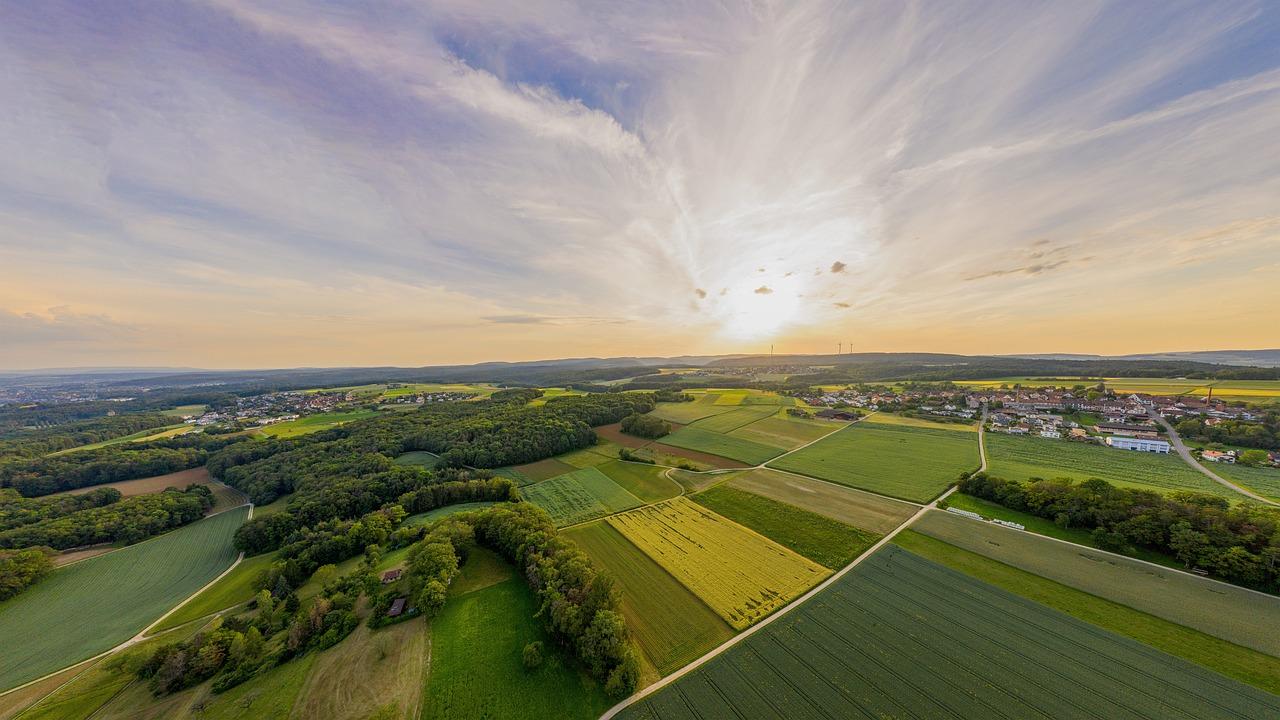Adaptive Capacity
The latent property of a system to respond to disturbances in a manner that maintains the system within its current regime.
Diversity or Heterogeneity
Diversity in system elements provides multiple alternative pathways in the event that a disturbance disrupts the functioning of some elements. For example, species with different heat tolerances can compensate in the event of drought, or multi-crop production can insure against the failure of one crop type.
Heterogeneity throughout all scales and components of agricultural systems is crucial, as diversity ensures that the entire system does not fail from the failure of one part of the system.
Cross-Scale Resilience
This refers specifically to the manner in which system functionality is distributed across the scales of a system—it is the degree to which a system has high functional diversity and high functional redundancy within and across systems scales. Functionality is provided by species, farmers, farms, etc.
System Memory
The collective representation of functional and structural attributes in a system that has been shaped by the systems’ disturbance history. This could be soil seed banks in ecological systems, or institutional memory within a farming community. It is stored knowledge that can be used to cope with disturbances and buffer their impacts.
